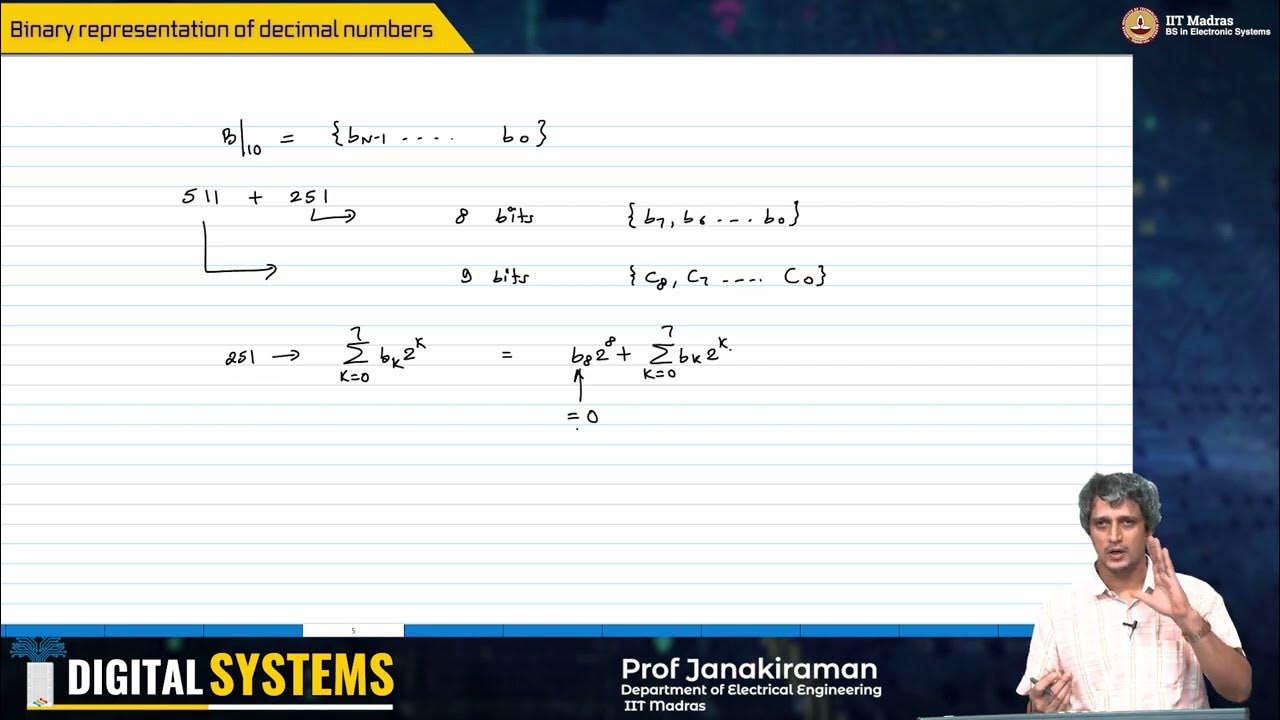LEITURA E ESCRITA DOS NÚMEROS DECIMAIS 5º 6º ANOS \Prof. Gis/
Summary
TLDRThis video tutorial provides a detailed explanation on how to read and understand decimal numbers. It covers the correct way to read numbers with decimals, starting with the basics of identifying the whole part and the decimal part. The video illustrates different examples, including how to read numbers such as 28.08, 9.001, and 125.104, emphasizing how to articulate them in terms of 'integers' and 'hundredths,' 'thousandths,' etc. Viewers are encouraged to practice reading decimals and share their answers in the comments. The video encourages engagement through likes and subscriptions.
Takeaways
- 😀 Understanding decimal numbers starts with recognizing the difference between the integer part and the decimal part.
- 😀 The integer part represents whole numbers, while the decimal part represents fractions (tenths, hundredths, thousandths, etc.).
- 😀 Numbers to the left of the comma (',') are the integer part, and those to the right are the decimal part.
- 😀 The most common way to read decimal numbers is by identifying each place value in the decimal part (e.g., tenths, hundredths, thousandths).
- 😀 When reading numbers like 28.08, you would say 'twenty-eight integers and eight hundredths'.
- 😀 For numbers like 9.01, the correct reading would be 'nine integers and one hundredth'.
- 😀 For larger numbers like 125.104, the reading would be 'one hundred twenty-five integers, one tenth, and four thousandths'.
- 😀 When there is a zero in the decimal part (e.g., 13.017), only the non-zero values are read as decimal places.
- 😀 In cases like 0.407, you skip 'zero integer' and just read 'four hundred seven thousandths'.
- 😀 Adding more digits, like in 3.5148, introduces new place values, like 'ten-thousandths', making the reading 'three integers, five hundred fourteen thousandths, and eight ten-thousandths'.
- 😀 Practice is key, so always try reading different numbers to get comfortable with identifying the place value for each digit in the decimal part.
Q & A
How do you read decimal numbers correctly?
-To read a decimal number correctly, first identify the integer part (to the left of the decimal point) and the decimal part (to the right). For the decimal part, each digit represents a place value such as tenths, hundredths, thousandths, etc. The number should be read as '[integer part] and [decimal part] [place value].'
What is the correct way to read the number '28,08'?
-The correct way to read '28,08' is: 'Twenty-eight integers and eight hundredths.' This reflects both the integer part (28) and the decimal part (08).
What does the digit '8' represent in the number '28,08'?
-The digit '8' in '28,08' represents eight hundredths, which is the second digit after the decimal point.
How do you read '9,01' correctly?
-'9,01' should be read as: 'Nine integers and one hundredth.' Here, '9' is the integer part, and '01' indicates one hundredth.
What is the rule for reading decimal numbers when the digit in the tenths or hundredths place is zero?
-When the digit in the tenths or hundredths place is zero, it is still acknowledged in the reading, but you omit the word 'zero' and focus on the non-zero values. For example, '13,07' would be read as 'Thirteen integers, zero tenths, and seven hundredths'.
What does '125,104' represent and how should it be read?
-'125,104' represents one hundred twenty-five integers, one tenth, zero hundredths, and four thousandths. It should be read as: 'One hundred twenty-five integers, one tenth, zero hundredths, and four thousandths.'
How is the number '0,407' read and why is 'zero' omitted?
-'0,407' should be read as 'Four hundred seven thousandths.' Since the integer part is zero, 'zero' is omitted, and the reading focuses on the decimal part.
What is the difference between the reading of '3,514' and '3,5148'?
-The number '3,514' is read as 'Three integers, five tenths, one hundredth, and four thousandths.' When the number becomes '3,5148', it is read as 'Three integers, five tenths, one hundredth, four thousandths, and eight ten-thousandths.' The extra digit increases the precision of the reading.
Why is it important to understand the place value when reading decimals?
-Understanding place value is crucial because it helps you correctly identify and pronounce each digit's contribution to the overall number. This ensures accuracy and clarity when reading decimal numbers aloud or writing them out.
How should the number '47,3628' be read in words?
-'47,3628' should be read as 'Forty-seven integers, three tenths, six hundredths, two thousandths, and eight ten-thousandths.' This includes every place value for precision in reading the number.
Outlines

Этот раздел доступен только подписчикам платных тарифов. Пожалуйста, перейдите на платный тариф для доступа.
Перейти на платный тарифMindmap

Этот раздел доступен только подписчикам платных тарифов. Пожалуйста, перейдите на платный тариф для доступа.
Перейти на платный тарифKeywords

Этот раздел доступен только подписчикам платных тарифов. Пожалуйста, перейдите на платный тариф для доступа.
Перейти на платный тарифHighlights

Этот раздел доступен только подписчикам платных тарифов. Пожалуйста, перейдите на платный тариф для доступа.
Перейти на платный тарифTranscripts

Этот раздел доступен только подписчикам платных тарифов. Пожалуйста, перейдите на платный тариф для доступа.
Перейти на платный тарифПосмотреть больше похожих видео

BELAJAR NOTASI ILMIAH (BENTUK BAKU) KELAS 9 SMP

RÁPIDO e FÁCIL | CONJUNTOS NUMÉRICOS

Tutorial Lengkap: Cara Konversi Bilangan Desimal ke Biner, Oktal dan Hexadesimal

Mencari akar-akar dari Bilangan Kompleks

W2_L2_Binary representation of decimal numbers

Multiplying Decimals Explained: A Step-By-Step Review | Understanding Decimal Multiplication
5.0 / 5 (0 votes)
